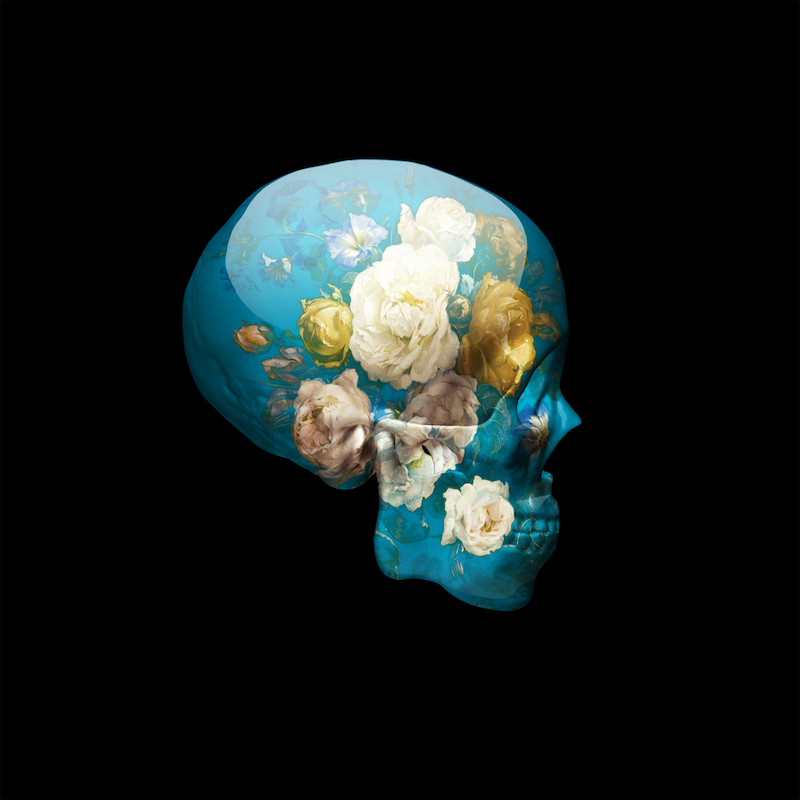Anthony Pomes began his career in photography in 2011 using natural light to portray friends and nature. Based in Paris but originally from the South of France, he developed his artistic and cultural path in high school, studying drama and literature. These disciplines inspired and continue to inspire him for his pictures. His sensibility is also emphasized through dancing, another inspiring art that he is currently practicing. Through his photography, he desires to feel and capture the subject’s emotions, just as theater, literature and dance do. In particular, gaze and body movement are the most important aspects to portray through which he can bring out the emotions he is looking for.

When did you realize your passion for photography and how did it start?
I started drama classes at 12 years old and followed with literature and drama studies in high school. I was on scene, playing, creating characters and enjoying the creativity around. I also started a short model career which introduced me to the image and photo world. Naturally the art of photography came to me. In summer 2011, I bought my first camera and started practicing with close friends and nature around. I kept, and I am still keeping, literature and drama as my first inspirations. My shoots were kind of editorials remembering drama or literature characters. When I moved to Bordeaux, I started to shoot for the first time professional agency models who took me to another level. Portraits and natural light were my favorite playgrounds. Today I always keep in mind where I am from, always looking for sensibility and uniqueness in the portraits I take.


Who are the masters or artists who have been inspirational for you?
Naturally, I will say some drama’s authors like Shakespeare or Beckett but also modern photographers who brought the level super high at my beginning. I remember dreaming about Théo Gosselin photos or even admiring Florian Saez and Malc Stone studio’s lightenings.




How do you choose models for your photos? What has to catch your attention?
As muses inspired artists, I have to be inspired by a model: face, look, body shape, attitudes and feelings. But to answer your question, I will say that it is all about the look. Everything is in the eyes. They are kind of the mirror of the soul, as Cicerone said.


A selection of models/people who have a special talent for you and why?
This is the occasion to highlight recent faces I had the opportunity to collaborate with. First of all, I have to talk about my talented friend and eternal muse Céline. She has been my model since the beginning and we are matching when it comes to literature references. Secondly, the most seen and highly desired french ballet dancer Andreas Giesen, who is a great talent to follow when it comes to mouvement, beige tones and fashion outfits. Dance is also the strength of Jean-Baptiste Plumeau, that mixing contemporary and improvisation. The comedian Philippe Touzel has that glance in the eye who one could never forget: an upcoming artist to follow. Amaury Bent, an emerging french model, is a new face I had the chance to shoot a few times.
Finally, I will make a special mention to my dear friend and talented photographer Sébastien Marchand. He has the capacity to create and re-create infinitely. His imagination has no barriers.




Your current projects and future dreams?
At the moment, my only project is to practice and experiment with photography. In the near future I would like to do more editorials and to portray more dancers and comedians – the best ones when it comes to facial expressions. In my future dreams I would like to go somewhere far from Paris and especially to a breathtaking place, creating photos around. They could be editorials, content creations for brands or portraits for some of my favorite faces and shoots for our portfolios. Exhibitions are always in my mind but right now I have no time to do them.





Images credits: Anthony Pomes












